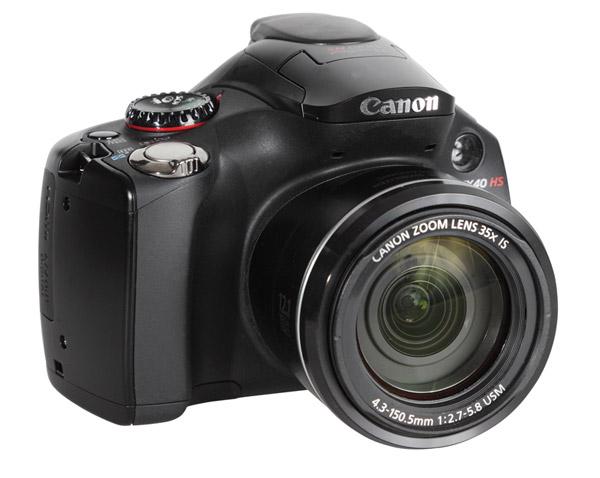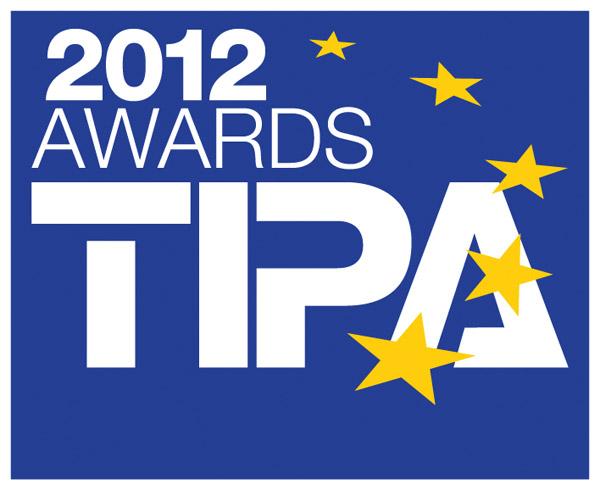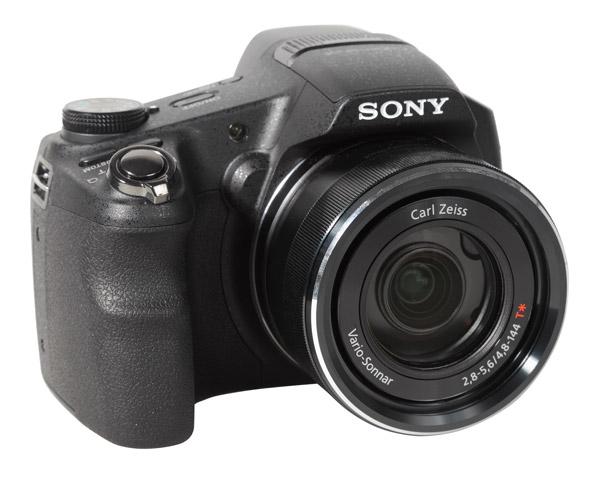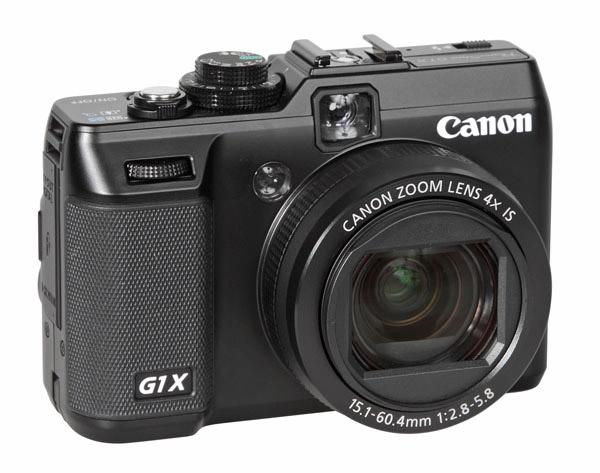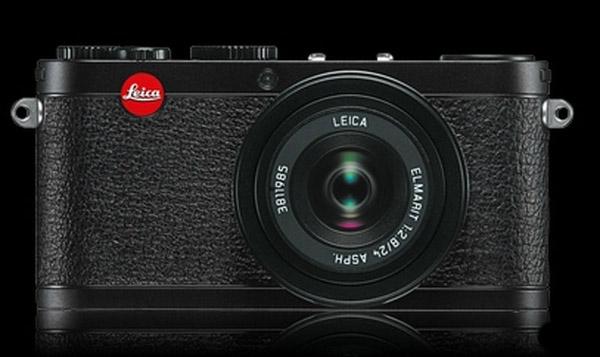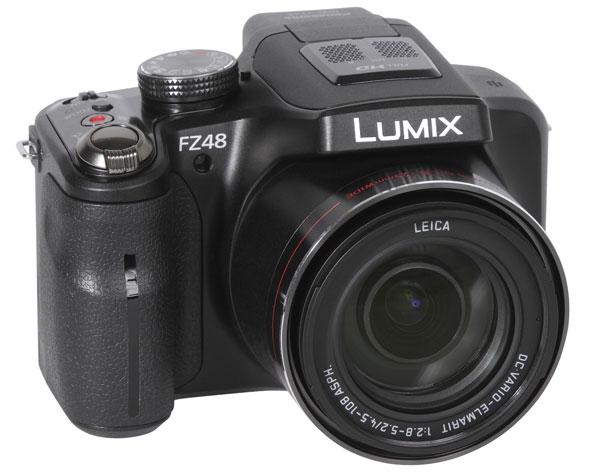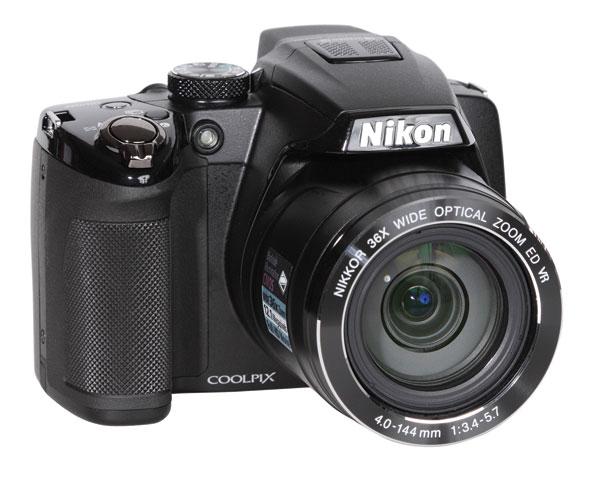|
Nov 07, 2012 |
First Published: Oct 01, 2012 |
|
Sep 07, 2012 |
First Published: Aug 01, 2012 |
|
Jul 27, 2012 |
|
Jul 20, 2012 |
First Published: Jun 01, 2012 |
|
Jun 13, 2012 |
First Published: May 01, 2012 |
|
Nov 10, 2011 |
First Published: Oct 01, 2011 |
